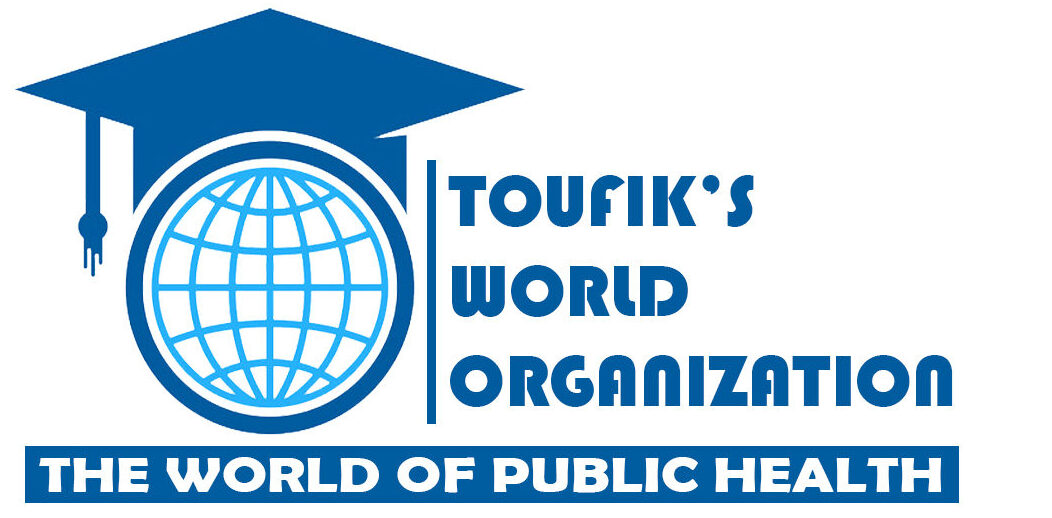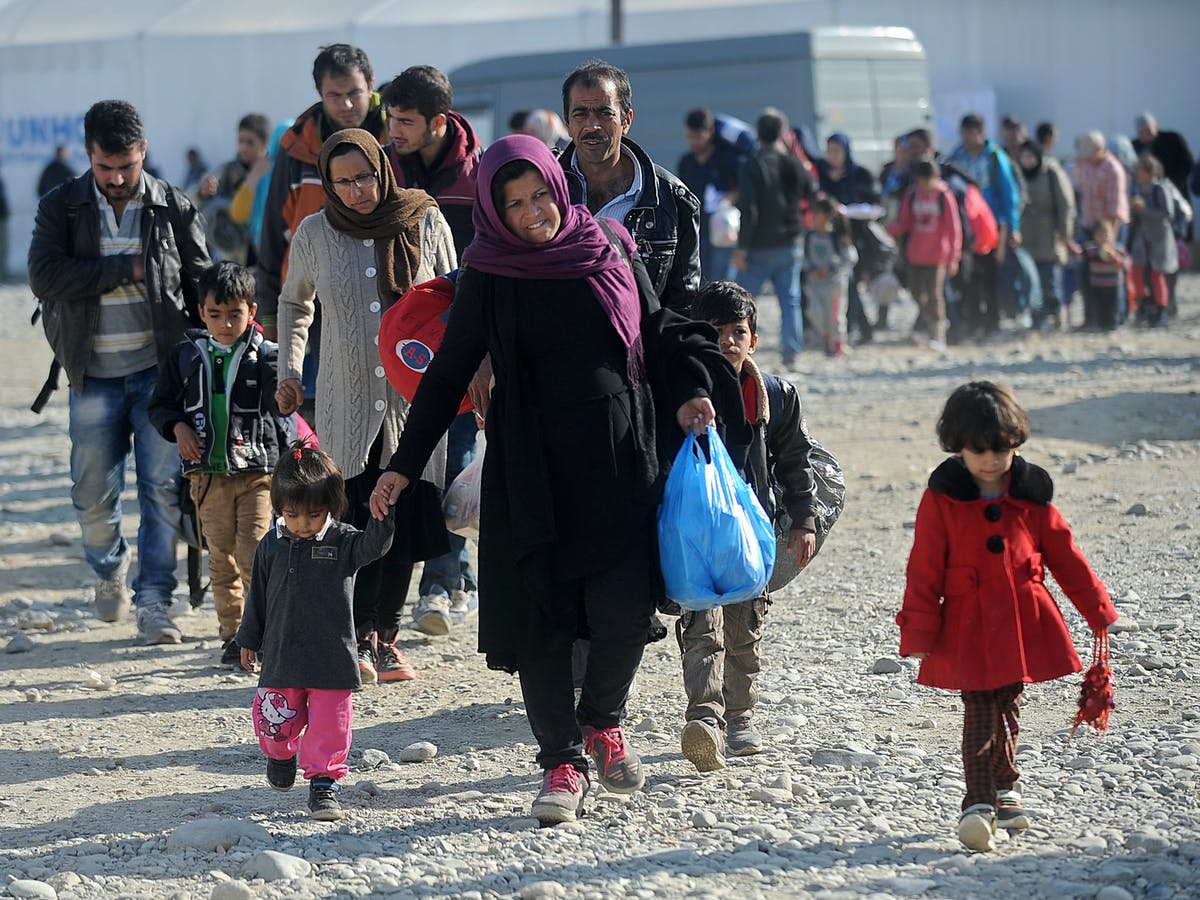This article was written for Toufik’s Guide Magazine by Toufik Abdul-Rahman. Statements or opinions expressed in this content strictly reflect the views of the author and not that of Magazine’s.
In ancient times humans needed to traverse millions upon millions of miles in search of food and fertile lands as places to call their new home. This has been a trend in the history of mankind and has further been exacerbated by industrialization which is one of the root causes of environmental migration and changes in the environment we live in today.
The term environmental migration can be coined from two words- the environment which denotes our surroundings with its occupants, and migration which implies a movement of a group of individuals be it human or animals from one place to the other. Putting them together, environmental migration can be defined as forced or voluntary displacement of a group people from their original place of settlement to another place due to sudden or gradual changes in their immediate environment. Some of the factors which influence the decision to migrate include climate-induced disasters such as floods, drought and storms, rise in sea levels and temperature, land degradation etc. The displacement of the people could be either internal or external depending on the nature of the environmental disaster. The migration could also be temporary or permanent.
An article from euronews titled ʿExtreme weather exiles: how climate change is turning Europeans into migrants’ began with ʿClimate change could leave you homeless overnight right here, in Europeʾ. This goes on to show the gravity of the matter. It stated in the article that climate events causing displacement in Europe have doubled in the last four years, from 43 in 2016 to 100 in 2019. By February 2020, four storms Gloria, Brendan, Ciara and Dennis had already wreaked havoc on the continent’s northern and western coasts.
Statistics show there are more heat waves in Spain now than ever before. In the last five years, they have lasted an average of 15 days each. Between 1975 and 2014, Spanish heat waves typically lasted for about five days. In 2015, a 30-year-old goatherd had just begun working in the valley of Sierra de Gata, near Spain’s border with Portugal, when a wildfire killed half of his herd. Like many young farmers in Spain, Álvaro Garcia Río-Miranda, for that was his name, had been unable to afford insurance for his goats. He decided to sell the ones that survived, and moved abroad to find work.
In other parts of Europe, flash floods have begun to strike places we might not have seen as vulnerable. In 2010, La Faute-sur-Mer, a sleepy retirement town on France’s Atlantic coast, was devastated by a flood aggravated by the rising sea level. The water killed 29 people and displaced hundreds. There have been 700,000 such stories of loss in Europe in the last decade. Storms, floods and wildfires by nature often hit the same locations multiple times. This increases the financial burden of most European countries in ameliorating the impact of the displacement of the affected citizens, destroys resources and leads to loss of lives and properties. Advances in meteorological and other sciences indicate that disruptions ranging from extreme weather events to large scale changes in ecosystems are occurring at a pace and intensity unlike any other known period of time on earth. The conclusion draws out the implications for research, policy formulation on climate change with its related impacts and education to help lessen the burden of environmental migration in Europe.
References:
Mariam, T. C., Ileana, S. P., Diana, L. (2019). Climate change and migration in vulnerable countries. International Organization for Migration.
(“Migration and migrant population statistics” 2021)
(“Trad” 2020). Retrieved from https://tradingeconomics.com
About the author
Toufik Abdul-Rahman is a medical student at Sumy State University, Ukraine. He holds a diploma in International Environmental Law and Governance with the United Nations Environmental Law and Conventions. He is the CEO and founder of Toufik’s World Organization and currently an Editorial Board Member at the Harvard Public Health Review. In his spare time, he likes to read, play video games, watch football or listen to music.

